-

- Sopto Home
-

- Special Topic
-

- Module Knowledge
-

- Attaching the Optical Network Cable after Installing an QSFP+ Mo
Module Knowledge
- Tips for Buying 10G XFP Transceivers
- XFP Transceivers for Telecommunications
- Three Types of Ethernet SFP Transceiver Modules Introduction
- Info about High Density CXP Optical Module
- Multipurpose CFP Optical Modules
- Info about CFP Management Interface
- SFP+ Transceivers Short Range Module Overview
- 3 Reasons Every Network Needs GLC-LH-SM Transceiver
- Is the GLC-SX-MM Transceiver Right for Your Switch?
SOPTO Special Topic
Certificate



Guarantee
Except products belongs to Bargain Shop section, all products are warranted by SOPTO only to purchasers for resale or for use in business or original equipment manufacturer, against defects in workmanship or materials under normal use (consumables, normal tear and wear excluded) for one year after date of purchase from SOPTO, unless otherwise stated...
Return Policies
Defective products will be accepted for exchange, at our discretion, within 14 days from receipt. Buyer might be requested to return the defective products to SOPTO for verification or authorized service location, as SOPTO designated, shipping costs prepaid. .....
Applications
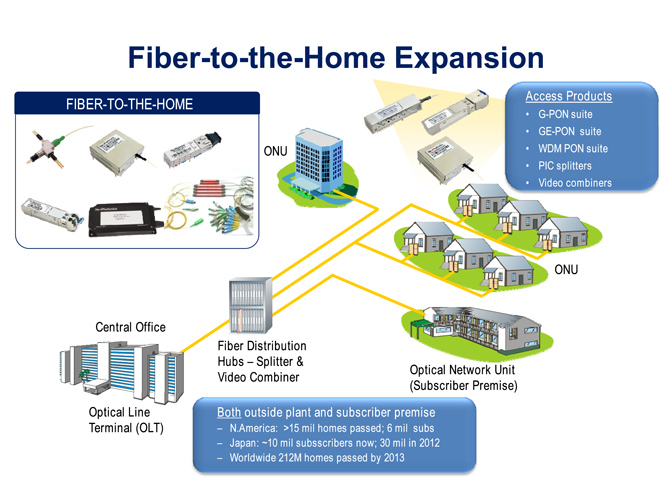 Fiber Optic Transceiver Modules can be applied to these occasions or fields.
Fiber Optic Transceiver Modules can be applied to these occasions or fields.
Ethernet
IPTV
FTTX
Security
Video Monitor
SDH/SONET
Data Communication
Storage Area Networks
SOPTO Products
- Fiber Optic Transceiver Module
- High Speed Cable
- Fiber Optical Cable
- Fiber Optical Patch Cords
- Splitter CWDM DWDM
- PON Solution
- FTTH Box ODF Closure
- PCI-E Network Card
- Network Cables
- Fiber Optical Adapter
- Fiber Optical Attenuator
- Fiber Media Converter
- PDH Multiplexers
- Protocol Converter
- Digital Video Multiplexer
- Fiber Optical Tools
- Compatible
Performance Feature
Stable
Low cost
Small size
Economic
Dust-proof
High speed
Hot-pluggable
Good EMI, EMC
Wide appliaction field
DDM function available
Long transmission distance
Good Anti-static performance
Module Knowledge
Recommended
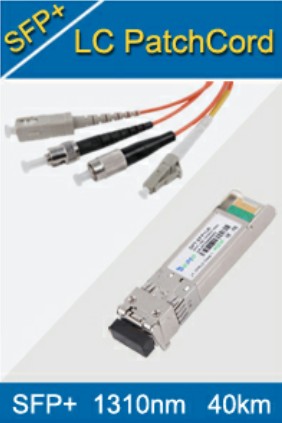
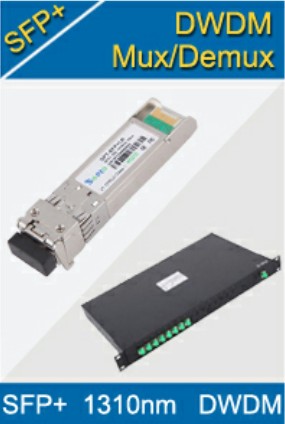
Attaching the Optical Network Cable after Installing an QSFP+ Module
Before removing the dust plugs and making any optical connections, follow these guidelines:
–Keep the protective dust plugs installed in the unplugged fiber-optic cable connectors and in the transceiver optical bores until you are ready to make a connection.
–Inspect and clean the MPO connectors or the duplex LC connectors end faces just before you make any connections. See the Tip following step 2 in the next procedure for a pointer to a fiber-optic inspection and cleaning white paper.
–Grasp the MPO or the duplex LC connector only by the connector housing to plug or unplug a fiber-optic cable.
Please note that the MPO connectors on the 40-Gigabit SR4 and CSR4 QSFP+ transceiver modules are keyed to prevent incorrect insertion.
Step 1 ![]() Remove the dust plugs from the optical network interface cable MPO connectors. Save the dust plugs for future use.
Remove the dust plugs from the optical network interface cable MPO connectors. Save the dust plugs for future use.
Step 2 ![]() Inspect and clean the MPO or duplex LC connector's fiber-optic end faces. See the Tip below for a pointer to a fiber-optic inspection and cleaning white paper.
Inspect and clean the MPO or duplex LC connector's fiber-optic end faces. See the Tip below for a pointer to a fiber-optic inspection and cleaning white paper.
Tip ![]() For complete information on inspecting and cleaning fiber-optic connections, see Patch Cord Connector General Cleaning Process and Connector Inspection Technique
For complete information on inspecting and cleaning fiber-optic connections, see Patch Cord Connector General Cleaning Process and Connector Inspection Technique
Step 3 ![]() Remove the dust plugs from the QSFP+ transceiver module optical bores.
Remove the dust plugs from the QSFP+ transceiver module optical bores.
Step 4 ![]() Immediately attach the network interface cable MPO connector or duplex LC connector to the QSFP+ transceiver module.
Immediately attach the network interface cable MPO connector or duplex LC connector to the QSFP+ transceiver module.
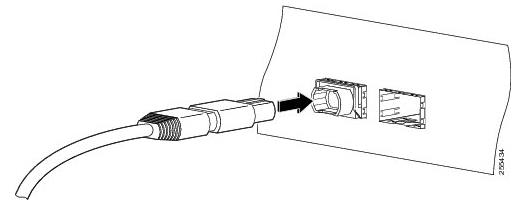
Cabling a 40-Gigabit QSFP+ Transceiver Module Equipped with an MPO Connector
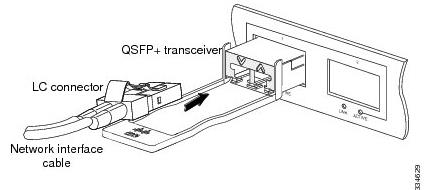
Cabling a 40-Gigabit QSFP+ Transceiver Module Equipped with a Duplex LC Connector
Step 5 Verify that the optical network cable is fully seated by pulling gently on the cable's MPO or duplex LC connector boot. If the network cable disconnects, reinstall it and make sure that the cable connector is fully seated and that the connector latch engages.
For more high quality fiber optical module, please contact SOPTO.





-180x180.JPG)
